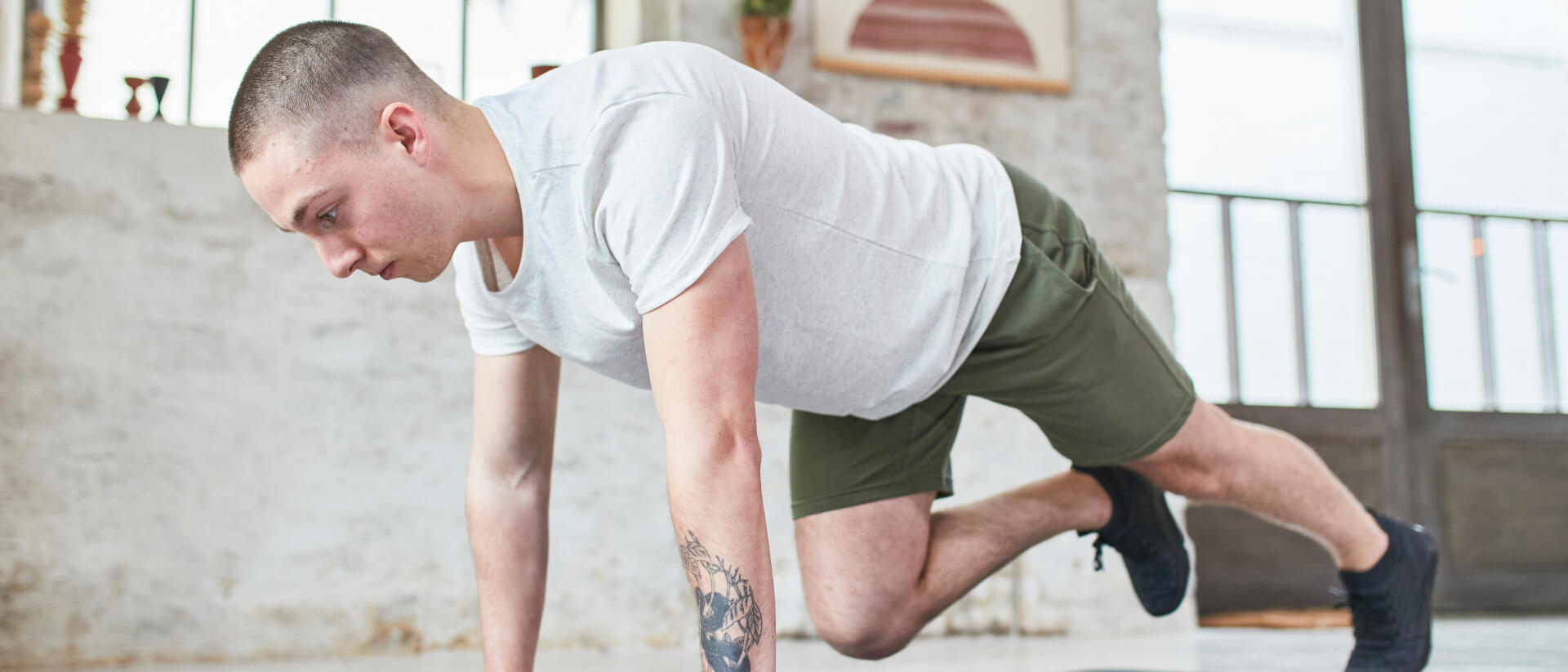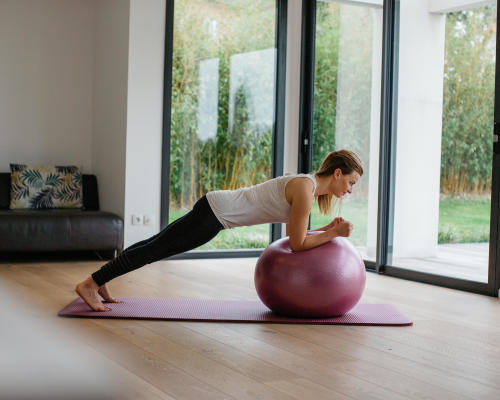But what exactly is core training?
Core training, also known as core stability, is all about strengthening the centre of your body.It involves doing exercises that work your functional muscles (the ones you use in your daily life). It rebalances your body and muscles and improves your posture. It can also help with your proprioception, as the training sessions use your balance to strengthen muscles such as the transversus abdominis. While everyone can benefit from a better quality of life with a strong, stable core, core training is particularly recommended for high-level athletes who want to improve their sports performances, and for everyday athletes like you and me who want to stave off back pain.






